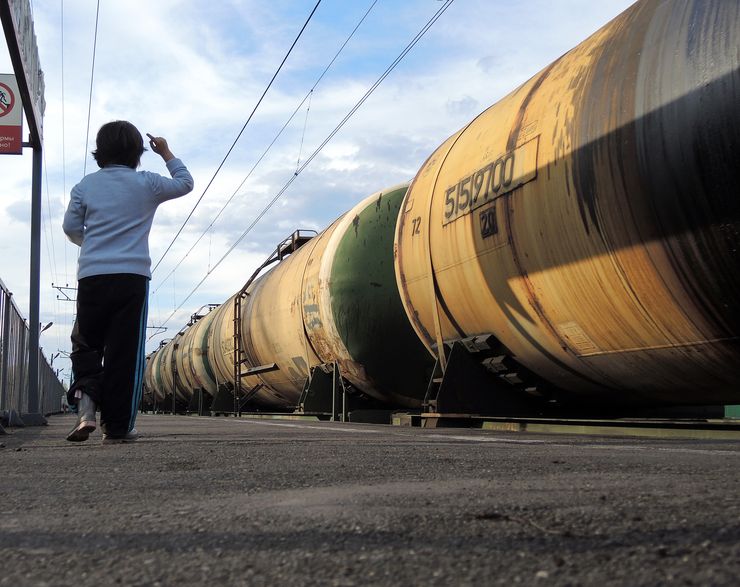So, on the portal of legal information, the authorities published the same decree of the President of the Russian Federation – about the “answer” to the evil Westerners who decided to introduce a “price ceiling” for Russian oil. This event, it seems, mainly concerns export cases. However, we all know very well how quickly the price tags of Russian gas stations react to the crashes of the world oil market. So what about Putin’s decree and “our sheep”? The document prohibits the supply of Russian oil and oil products to foreign counterparties in the event that contracts with them “directly or indirectly provide for the use of the marginal price setting mechanism”.
The decision is valid for five months, from February 1 to July 1, 2023. As you know, on December 5, the United States, Great Britain, EU countries, Canada, Japan and Australia introduced a “price cap” on the export of Russian oil. If it costs more than $60 a barrel, their companies can’t buy it, process it, or even insure shipping. And if it’s cheaper, no hassle. Now, if anyone doesn’t know, Russian Ural oil is trading in the markets for about $55 a barrel. A number of oil market experts report that some buyers from Turkey, India and China are “dropping” Russian suppliers of black gold as low as $40 a barrel. It turns out that this Western “price ceiling” is now generally “parallel” to us: after all, the market price of Russian oil is still below $ 60, isn’t it?














